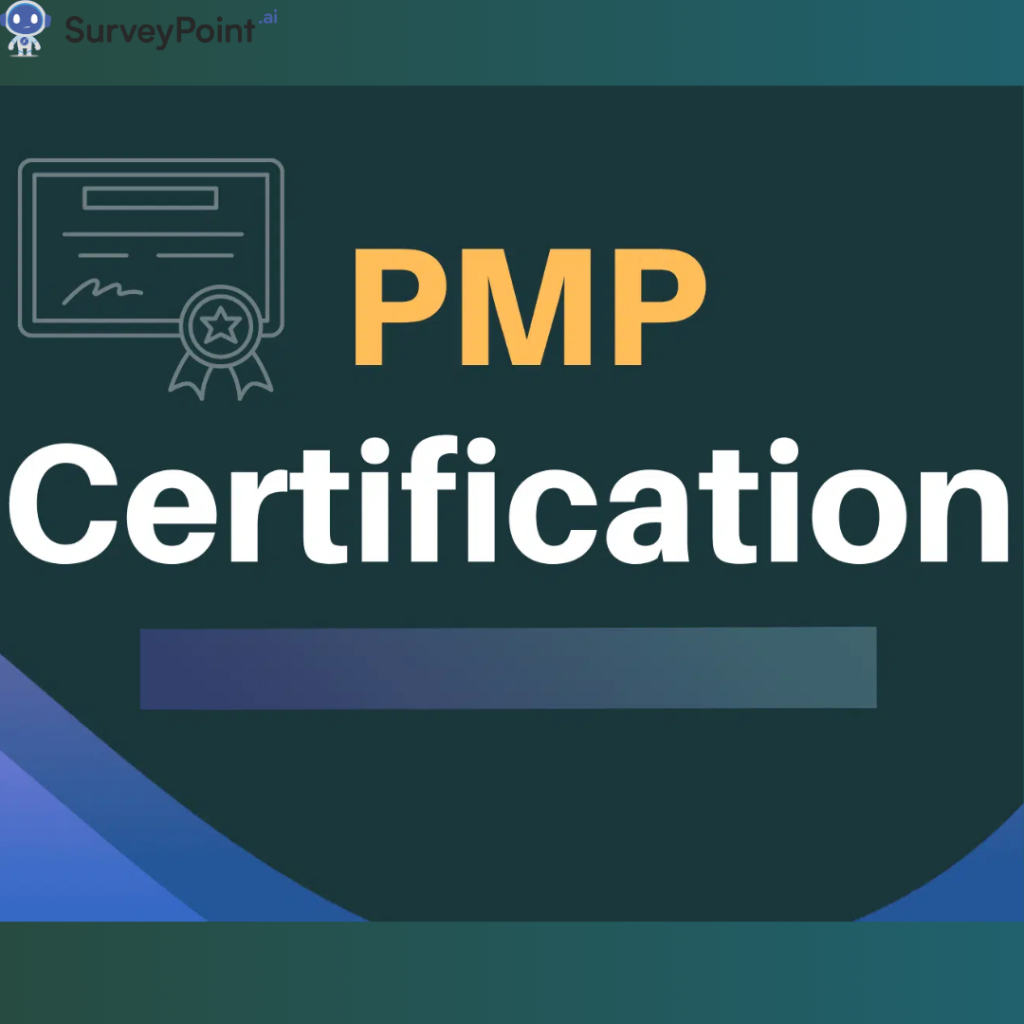
Project management is a dynamic and crucial discipline that ensures projects are delivered successfully, meeting their objectives while balancing constraints such as time, cost, and resources. This guide will delve into the essential elements of project management, including methodologies, lifecycle, tools, and techniques, to help you master the art of managing projects efficiently.
Understanding Project Management Basics
Project management involves a structured approach to planning, executing, and completing projects. At its core, project management is about achieving specific goals within set parameters. Projects are temporary efforts with defined beginnings and ends, aimed at producing unique deliverables. This makes project management distinct from ongoing operations and processes.
Defining Project Scope and Objectives
The project scope outlines what will be delivered and what is excluded. It’s crucial to define scope clearly to prevent scope creep, which is the gradual expansion of project boundaries without corresponding adjustments in resources or timelines. Objectives, on the other hand, are specific, measurable goals that the project aims to achieve. These help in setting a clear direction and measuring project success.
Identifying Stakeholders
Stakeholders are individuals or groups affected by the project or who have an influence on its outcome. Identifying and engaging stakeholders is essential for understanding their needs and expectations, which in turn helps in aligning the project goals with their interests.
Managing Constraints
The Triple Constraint—scope, time, and cost—represents the three main limitations within which a project must operate. Balancing these constraints effectively is crucial. Changes to one constraint often impact the others. For example, increasing the scope typically requires more time and budget.
Exploring Project Management Methodologies
Project management methodologies provide frameworks and approaches for managing projects. Different methodologies suit different types of projects and organizational needs.
- Waterfall Methodology
The Waterfall methodology is a traditional, linear approach where each phase must be completed before the next one begins. This method is best suited for projects with well-defined requirements and minimal expected changes. It emphasizes a sequential process: requirements gathering, design, implementation, testing, and maintenance.
- Agile Methodology
Agile is a modern project management approach that values flexibility, customer feedback, and iterative progress. Agile methodologies focus on delivering small, incremental improvements rather than waiting until the end of the project. This approach is ideal for projects where requirements may evolve or are not fully known at the start.
- Scrum
Scrum is a subset of Agile that uses short, time-boxed iterations called sprints to develop and deliver project increments. It involves roles such as Scrum Master and Product Owner and practices like daily stand-ups and sprint reviews. Scrum emphasizes teamwork, accountability, and continuous improvement.
- Kanban
Kanban is another Agile methodology that visualizes work using a Kanban board. It helps manage tasks and workflows by limiting work in progress and optimizing flow. This approach is highly flexible and suitable for projects with varying priorities and tasks.
Navigating the Project Management Life Cycle
The Project Management Life Cycle consists of several phases that guide a project from inception to completion. Understanding these phases helps ensure a structured approach to managing projects.
- Initiation Phase
The initiation phase involves defining the project’s goals, scope, and stakeholders. It begins with creating a project charter that outlines the project’s purpose, objectives, and key stakeholders. This document serves as a reference throughout the project and helps in gaining approval from sponsors.
- Planning Phase
In the planning phase, a detailed project plan is developed. This includes outlining tasks, timelines, and resources. Key elements of this phase are the Work Breakdown Structure (WBS), which breaks down the project into smaller tasks, and risk management, which involves identifying potential risks and developing strategies to mitigate them.
- Execution Phase
The execution phase is where the project plan is put into action. Tasks are carried out, and progress is monitored. Effective communication is crucial during this phase to ensure that all team members are aligned and informed about their responsibilities.
- Monitoring and Controlling Phase
This phase involves tracking the project’s performance to ensure it stays on track. It includes measuring performance against the project plan, managing changes to scope, schedule, or cost, and addressing any issues that arise. Regular progress reports and performance reviews are essential for maintaining control.
- Closure Phase
In the closure phase, the project is formally completed. This includes finalizing deliverables, conducting a final review to assess the project’s success, and documenting lessons learned. It also involves closing out contracts and releasing resources.
Choosing the Best Project Management Software
Selecting the right project management software can significantly impact your project’s efficiency and success. Several tools are available, each offering unique features and benefits.
Microsoft Project
Microsoft Project is a robust tool that provides comprehensive features for scheduling, resource management, and tracking progress. It is suitable for both small and large projects, offering tools for detailed project planning and management.
Asana
Asana is known for its user-friendly interface and task management capabilities. It allows teams to collaborate in real time, track tasks, and manage projects with ease. Its intuitive design makes it a popular choice for teams looking for a straightforward project management solution.
Trello
Trello uses a visual board and card system to organize tasks and workflows. It is highly visual and flexible, making it ideal for managing tasks and to-do lists. Trello’s simplicity and ease of use make it suitable for both personal and team projects.
Jira
Jira is primarily used for Agile project management and is favored by development teams. It offers features for tracking sprints, user stories, and tasks. Jira’s robust capabilities make it a powerful tool for managing complex projects and Agile workflows.
Basecamp
Basecamp focuses on simplicity and ease of use. It provides tools for task management, file sharing, and team collaboration. Basecamp’s straightforward approach is ideal for teams looking for a simple, all-in-one project management solution.
Leveraging Agile Project Management Tools and Techniques
Agile project management tools and techniques are designed to support the iterative and flexible nature of Agile methodologies.
Agile Tools
- Jira: Jira is a powerful tool for managing Agile projects, offering features for tracking sprints, user stories, and tasks. It supports Agile workflows and provides insights into project progress.
- Trello: Trello’s board and card system is useful for visualizing tasks and managing workflows. It is well-suited for Agile projects that require a flexible approach.
- VersionOne: Designed specifically for Agile projects, VersionOne supports planning, tracking, and reporting, offering features tailored to Agile methodologies.
Agile Techniques
- User Stories: User stories capture requirements from the end-user’s perspective. They guide development and help ensure that the project delivers value to the customer.
- Sprint Planning: Sprint planning involves defining the tasks and priorities for the next sprint. It helps in setting clear goals and managing workloads.
- Daily Stand-ups: Daily stand-ups are brief meetings where team members discuss their progress, plans for the day, and any issues. They help in maintaining alignment and addressing obstacles promptly.
Exploring Project Management Frameworks
Project management frameworks provide structured approaches to managing projects. They offer guidelines and best practices for handling different aspects of project management.
PMBOK (Project Management Body of Knowledge)
The PMBOK framework provides a comprehensive set of guidelines and best practices for project management. It covers areas such as scope, time, cost, quality, and risk management, offering a standardized approach to managing projects.
Agile Frameworks
As discussed earlier, Agile frameworks like Scrum, Kanban, and XP offer iterative and flexible approaches to project management. They focus on delivering incremental value and adapting to changes, making them suitable for projects with evolving requirements.
Conclusion
Project management is a multifaceted discipline that requires a deep understanding of methodologies, lifecycle phases, tools, and techniques. By mastering the basics of project management, exploring various methodologies, and leveraging the right tools, you can enhance your ability to manage projects effectively.
By applying these principles and leveraging the right frameworks and tools, you can navigate the complexities of project management and drive your projects to successful completion. Embrace the challenges and opportunities that come with managing projects, and continuously seek ways to improve your processes and outcomes.




